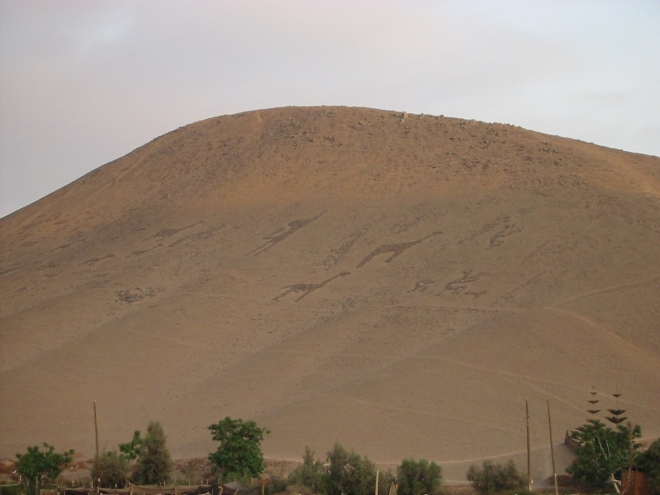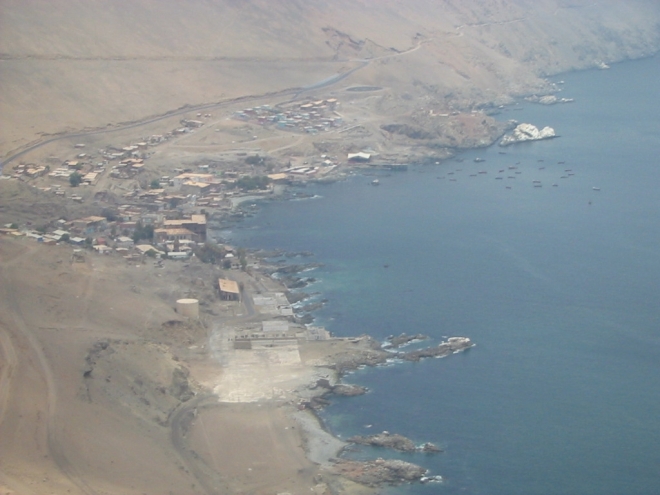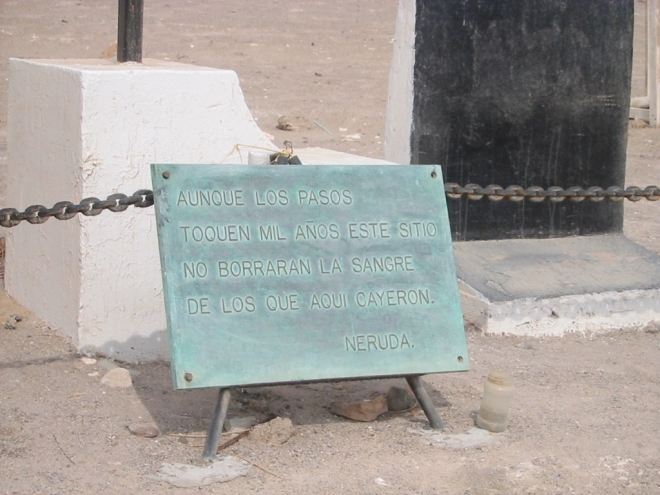In another corner of cyberspace, every week I ask visitors, in English and in Spanish :
At the request of you, the readers, we have journeyed to Argentina, Bolivia, Brazil, Chile, Colombia, Ecuador, El Salvador, Guatemala, Honduras, Mexico, Nicaragua, Peru and Uruguay. We have also gone – in a way – to Belize, Paraguay, Trinidad and Tobago and another Caribbean Isle.
Where shall we go this week?
READERS’ CHOICE THURSDAY
What would you like for me to post this Thursday?
* Poem or photo essay?
* About which country in the Americas?
The responses this and last week provoked my article offering to you today.
Carlos said : “por fotografía al desierto de Atacama en Chile.” (By photography to the Atacama Desert of Chile.) Eric had requested : “Poetry. Tears soaking in the dry desert mountains in Chile where grandmas still go to the mass graves of the dictator.”
And so, we shall pack our virtual knapsack and head to the Atacama Desert, both photographically and poetically.

Throughout the Atacama Desert, geoglyphs decorate the desert sands. Valle de Azapa, Arica, Chile.
photo © Lorraine Caputo
The Atacama Desert is very large, extending 128,000 square kilometers (49,000 square miles) from the Pacific coast to the Andean foothills. It stretches south from Peru into northern Chile, and eastward to Bolivia and northern Argentina. It once carried the nickname “The Driest Place on Earth,” for no rain fell there for over a century. However, in the past five years, rain has been falling, the desert plants have awakened and bloomed, and even snow has flurried. (More evidence of the global climatic change wrought by this Anthropocene Epoch.)
The landscape is breathtaking, with jewel-colored lagoons, steaming geysers and desolate stretches where the only beings you’ll meet is a male rhea corralling his young from the odd passing car. The Atacama has many unique features: the world’s oldest mummies, the world’s shortest international rail line, multitudes of earthen artworks (geoglyphs), and dozens of abandoned nitrate mines like Humberstone.
It was those mines that drew thousands of workers to trek across the desert in search of work in the most horrendous of conditions – so staggering that the workers and their families went on strike in 1907 and were massacred in the Santa María School in Iquique.

Part of the mural at Escuela Santa María in Iquique, site of the 1907 mine worker massacre.
photo © Lorraine Caputo
That nitrate – used in fertilizers and gun powder – was so precious that control of the mineral provoked the Guerra del Pacífico (War of the Pacific, 1879 – 1883), pitting Chile (and its foreign partners) against Peru and Bolivia (whose territory officially stretched as far south as Antofagasta). The effects of that war were felt well into the 20th century – and even to this very day.

Pisagua, as seen from the heights, descending from the Atacama Desert’s pampas to the sea.
photo © Lorraine Caputo
The major shipping port for that nitrate was a town called Pisagua which lies on Chile’s northern coast between Iquique and Arica. It had its glory day, with many buildings (including a theater) made of imported Oregon pine. During the Guerra del Pacífico, the first sea-to-land attack was mounted, serving as an example for the D-Day invasion of Europe.

A monument on the road between Pisagua and the town cemetery marks the spot and explains the maneuvers of the first sea-to-land attack.
photo © Lorraine Caputo
But once the nitrate boom went bust, Pisagua’s role in Chilean history took a dark turn. During the 20th century it was on at least 11 occasions a center of torture and murder of dissidents. In the mid-1940s, Chilean poet Pablo Neruda barely escaped the dragnet that ensnared many of his comrades; he poetically documents that horror in his opus, Canto General. The latest such repression occurred during the Pinochet dictatorship. The cemetery has a monument to those victims.

“Even though footsteps touch this site for a thousand years,
they will not erase the blood of those who fell here.”
The opening lines of “Siempre,” one of the poems from Pablo Neruda’s Canto General, which appear on a plaque before an excavated mass grave in Pisagua.
photo © Lorraine Caputo
Getting to Pisagua is quite an experience. While in Iquique doing research for a guide on Chile, I asked and asked. From this corner, the tourism office said. Nay, it wasn’t so. From that bus terminal. Neither from there. I resorted to taking a senior citizen tour (at my young age!) to Pisagua – and there, discovered not only more about its haunted past, but also from where and when the buses depart Iquique. When I returned to the city, I went to the designated terminal. Indeed, a bus was loading for Pisagua. (Sometimes you have to go to a place to find out how to get there ….)
While in this area of the Atacama Desert, I also learned about the thousands of spirits – those who died in the desert on their way to work in the nitrate mines and those who died in the mines or on strike, those who died during the brutal dictatorships – that still wander those barren sands.
Now let us go poetically To The Killing Fields of Pisagua.
Safe Journeys!
TO THE KILLING FIELDS
I.
How many of you on
this tour, with greying & white locks,
faced or lost
family, friends
in these killing fields?
II.
A large stone blocks our way
to the cemetery
No-one of these three dozen
wants to go
… If there is no way
then we shan’t
It doesn’t matter …
But a lone voice insists
his tour mates proclaim
… But we shan’t get off …
We ease our way
past the boulders
the road then clear
to those killing fields
Where one by one each descends
to say a prayer for
to read the commemorations to
those who died
Caravel Literary Arts Journal (Nº 2, July 2016)


